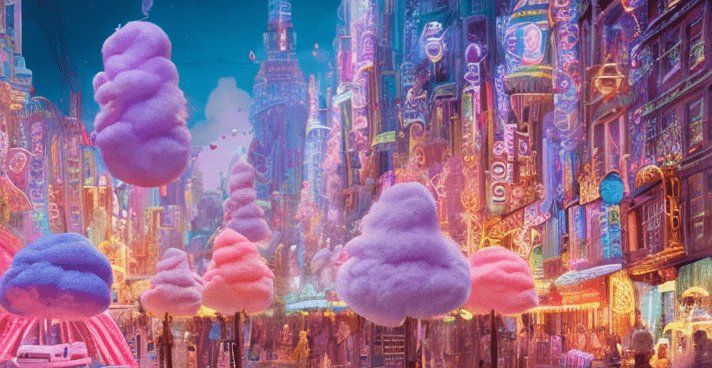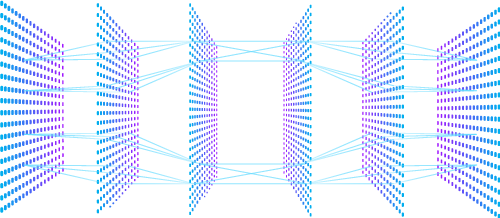Can AI art be authenticated?
As AI art becomes more prevalent and valuable, questions of authenticity and provenance arise. Traditional methods of authentication, such as examining brushstrokes and inspecting materials, may not be applicable to works generated by algorithms. However, there are some emerging methods for authenticating AI art:
Metadata and Provenance: One way to establish the authenticity of AI-generated art is through metadata, which includes information about the algorithm used, the dataset, the parameters, and other details. This information can be used to verify that a particular work was indeed created by a specific AI algorithm. Provenance is also important, which includes information about the history of the artwork, including previous owners, exhibitions, and sales.
Blockchain: Blockchain technology can be used to establish the ownership and authenticity of digital assets, including AI-generated art. By using blockchain, each artwork can be given a unique digital identifier that can be traced back to the original creator, making it difficult to counterfeit or replicate.
AI Authentication: Another emerging method for authenticating AI art is by using AI itself. By training an AI algorithm to recognize the style, composition, and other features of a particular artist or AI algorithm, it may be possible to determine whether a given work was created by that artist or algorithm.
Expert Opinion: As with traditional art, expert opinion can be used to authenticate AI-generated art. Art historians, curators, and other experts can examine a work of art and provide their professional assessment of its authenticity.
While the traditional methods of authenticating art may not be applicable to AI-generated art, new technologies and techniques are emerging to help establish the authenticity and provenance of these works. As the field of AI art continues to evolve, it is likely that new methods for authentication will continue to emerge.






